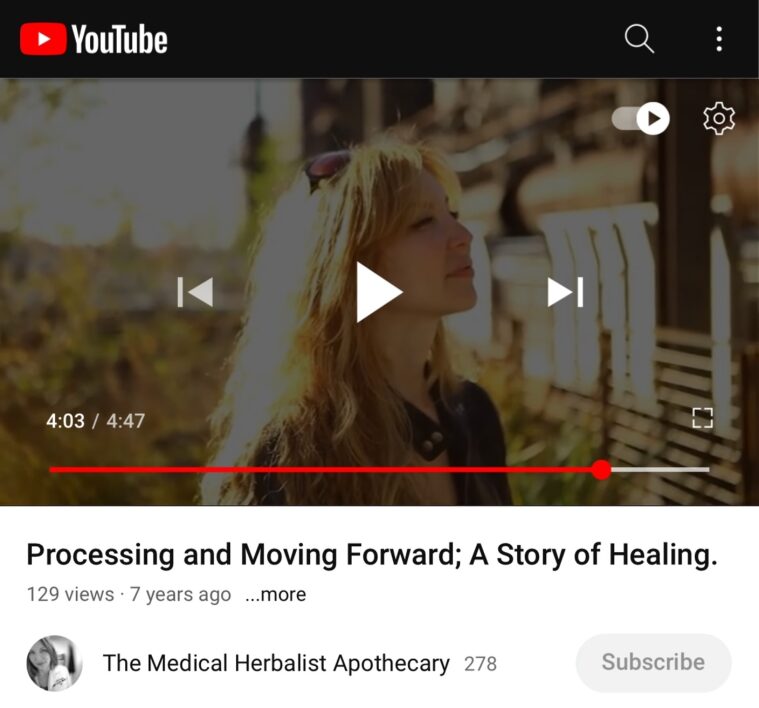
Today’s Daybook entry reflects upon Eye and Vision health:
MAINTAINING EYE HEALTH, AGING EYES, AND MANAGING MACULAR DEGENERATION
An Ophthalmologist Colleague referred a Patient presenting with an early stage of Dry (atrophic) Macular Degeneration (AMD). Patient is female.
Optical Sailboats… Floaters
This Individual has a history of “Floaters” – shapes that float across the field of vision.
( Floaters can look like translucent or dark spots, dust-like bundles, threads, or a cobweb appearance. )
Sometimes, dehydration can exacerbate the appearance of floaters, or become more noticeable upon changes of body position — or simply occur for no apparent reason!
Age Related Changes
Floaters do occur more increasingly with age, as the gel-like fluid (vitreous) inside the eye changes in texture — but I can tell you from personal experience, floaters can appear at any age and they are typically harmless. That said…
Regularity of exams is intended to monitor AMD progression, and ensure that there are no deeper causes to her floaters, such as infection, inflammation, or retinal detachment/tearing (flashing lights or seeing distortions like wavy lines requires IMMEDIATE medical attention — DO NOT DELAY!).
PHOTOPHOBIA
Bright Lights… Patient had been experiencing ongoing sensitivity to light associated with early signs of Macular Degeneration, so the doctor wanted this Individual to improve her intake of therapeutic levels in certain nutrients.
Recommendations
The Ophthalmologist had initially recommended a commercial over-counter supplement tablet, based on its marketed branding materials.
Since this is a mutual Patient between us already, the doctor contacted me to discuss the Individual’s preference to take a more Natural Approach to management.
INTEGRATIVE COLLABORATION
AIMS:
- Improve microcirculation to the eye
- Enhance connective tissue integrity of the eye and surrounding tissues of eye-socket
- Nourish optic nerve
- Neutralise cellular oxidation
Together, the Ophthalmologist and I discussed the notable ingredients of the supplement, according to AREDS (Age-Related Eye Disease Studies):
Leucine
Vitamin A (as beta carotene)
Vitamin E
Vitamin C (as ascorbic acid)
Zinc
Copper
- CONVENTIONAL THINKING: Isolated nutrients
- INTEGRATIVE PERSPECTIVE: Broad spectrum balance of nutritional and therapeutic elements — as they occur in nature — to optimise absorption, effectiveness, and avoid creating imbalances.
Considerations:
- True Deficiencies do require attention, with some amount of isolation of a highly bioavailable form of the nutrient. Best to run bloodwork to determine current levels prior to isolating nutrients, and have a benchmark for monitoring deficiency resolution through future testing. Once levels normalise, optimal levels can be maintained through whole food/plant preparations.
- Excessive isolation without True Deficiencies or including absorption co-factors CAN create imbalances.
- Co-factors can include additional nutrients, or other therapeutic food/plant elements. Without certain co-factors, isolation is often not enough to fully resolve the deficiency or reach optimal levels.
– LESS DESIRABLE INGREDIENTS of the suggested commercial supplement included:
- Ascorbic acid. Typically sourced as a by-product of genetically modified and pesticide-laden corn processing in commercial products.
- Dl-alpha-tocopherol. Often sourced from soy or wheat (both not tolerated by this individual, and also most commonly sourced from genetically modified/pesticide-laden crops).
- Titanium dioxide. Can accumulate in the body over time, damage DNA strands/cause chromosomal damage, and has been shown in studies to be a carcinogen (cancer-causing agent)
- Cupric dioxide. A low bioactivity, low absorption source of copper — inefficient source of the mineral, largely ineffective
- Food Dye and Colouring Red (as well as Yellow and Blue 1). Potential carcinogens (studies show potential for causing cancer)
- Soybean Oil/Soy Lecithin. Soy is contraindicated in this Patient, as it relates to her treatment for Hashimoto’s Thyroiditis and Hypothyroidism – and commonly sourced as a genetically modified food product
- Glycerin. Not necessarily “bad” if vegetable-based HOWEVER we cannot be certain if it is synthetic — or clarify its food sourcing ( which foodstuff? ). This is an insidious challenge with mystery ingredients of commercial products as it involves people with Food Sensitivities!
+ NOTE: With commercial products, we cannot know precise sourcing. Supplement assembly requires gathering ingredients through multiple brokers (intermediary dealers).
They typically obtain isolated nutrients produced through multiple manufacturers. I have contacted numerous supplement companies over the past few decades and they typically cannot provide precise sourcing information.
The best I have been able to determine with most commercial products is whether nutrients are “food based” (or not) — but they typically cannot provide information on what foods are sourced, methods of isolation, nor country of origin for each and every ingredient.
Lastly, multiple nutrient supplement tablets are often heat-pressed (diminishing nutrient viability) along with binders to create tablets, rendering them less bioavailable for absorption.
Upon sample testing reports, commercial capsules often contain fillers like wood pulp (typically listed as cellulose) and unlisted plant materials as the source of cellulose.
HOW DO WE WORK AROUND THESE SOURCING AND FILLER ISSUES?
Good question! Short answer is:
- Mindful research and vetting, calling manufacturers
- Consider all Threshold Food Sensitivities
- Start with WHOLE foods in diet
- Adding the least number of powdered superfoods as SINGLE INGREDIENTS (not long lists of numerous ingredients – often creating complex issues with intolerances)
- Applying only the FEWEST number of isolated preparations to properly assess what is responding or causing reaction
- Custom compounding of freshly-prepared, highest therapeutic concentration herbal medicines! Why? This approach ensures a comprehensive blend of naturally-occurring water-soluble, fat-soluble, AND aromatic components as naturally balanced – directly from the plant material (not sitting on store/warehouse shelves under fluorescent lighting or exposed to heat for years!). No fillers, binders, or artificial additives.
FOLLOW-UP:
Ophthalmologist and Retina Vitreous Specialist have BOTH reported IMPROVEMENT and continued STABILITY of her Macular Degeneration over the past couple of years since we added attention to her Aging Eyes and General Eye Health goals.
Results achieved through careful selection and methodical (gradual!) addition of foods, food concentrates, and therapeutic-levels of medicinal plant extracts — her doctors and I are most pleased, indeed!
Interested in optimal eye and vision health? We got this – I am here for You!







